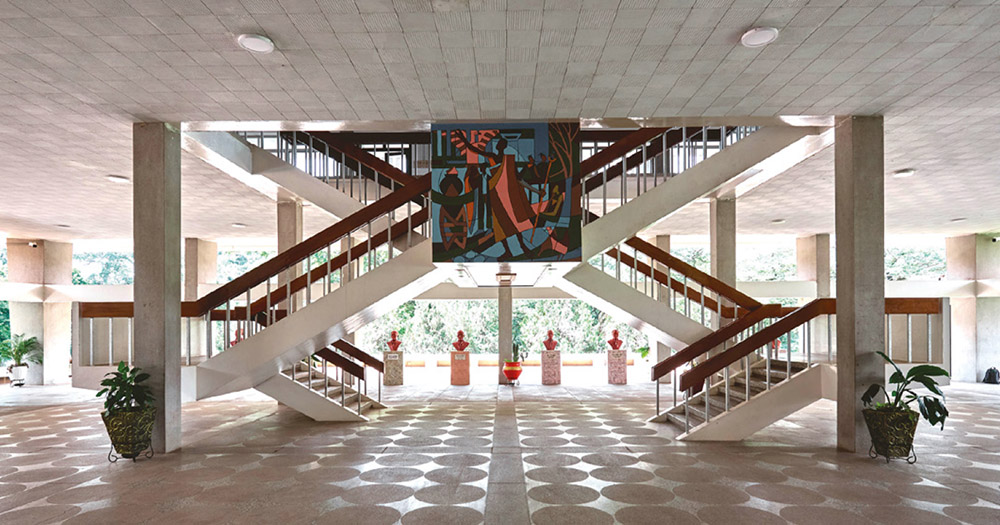Two case studies from Africa
Downloads
DOI:
https://doi.org/10.52200/docomomo.69.07Keywords:
Rukurato Hall, Bunyoro-Kitara Kingdom, Great Hall, Kwame Nkrumah University of Science & Technology, KNUST, ConservationAbstract
This article presents two modernist building case studies, one each from East and West Africa which explore approaches to modernist public building conservation. The Rukurato Hall in East Africa, formerly used as a regional assembly hall for the Bunyoro Kingdom in Uganda, is now used as the parliament building of the Bunyoro Kitara Kingdom.
The Great Hall in West Africa at the Kumasi University of Science and Technology (KNUST) serves as an institutional hall; it is a monument of academic and cultural significance in Kumasi. This article delves into the historical evolution of the Great Hall, which has hosted numerous essential events, ranging from local academic gatherings to distinguished international conferences since 1967. The Great Hall’s rich heritage and architectural prominence have been subject to various interventions aimed at conserving its essence. The examination of these interventions in maintaining the integrity of the building while adapting to the changing needs of the university underscores the delicate balance required between modernization and safeguarding cultural and architectural legacies.
Both case studies present contrasting views on the challenges of conservation in the African context, resulting in different conservation efforts. In the case of the Rukurato Hall, arguable the loss of function for a significant period, before reinstatement in the late 1990s and challenges of funding have greatly influenced the ability to realize conservation ambitions. In the Great Hall, whilst conservation funds were secured, and the conservation effort was successful, the use of the Hall has been ‘controlled’ and various actions have arguably tested the authenticity of the conservation process transforming the building aesthetic in the process. This article employs methods of document analysis, archival research, and interviews with key stakeholders.
How to Cite
Published
Issue
Section
License
Copyright (c) 2023 Timothy Latim, Jonathan Kporla Agbeh

This work is licensed under a Creative Commons Attribution 4.0 International License.





